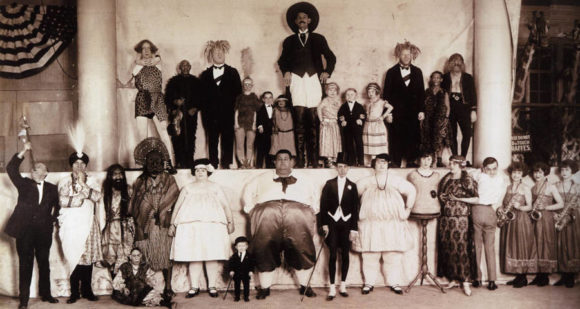The Great Molasses Flood of 1919
Do you remember hearing the story of the Great Molasses Flood? Here’s what happened…

The brutal aftermath. Wreckage of the collapsed molasses tank is visible in the background, center, next to light colored warehouse.
From New England Today,
The Great Molasses Flood | Footnote to History
On January 15, 1919, a giant molasses tank in Boston’s North End exploded, resulting in the “Great Molasses Flood.”
by Robert Stanly
“In January of 1919 Purity Distilling Company of Boston, maker of high-grade rum, was working three shifts a day in a vain attempt to outrun national Prohibition. The company’s huge iron tank along the water’s edge at 529 Commercial Street in the North End was filled with more than two million gallons of molasses. Pipes entering the tank were heated to aid the flow of the dense liquid. A solitary vent was the only outlet for the fermenting gases.
It was just after noon on January 15 when the great molasses tank exploded with a ground-shaking blast. Those nearby who survived the ensuing catastrophe reported strange noises coming from the tank just before it let go. “It was like someone was on the inside hammering to get out,” said one witness.
The Bay State Street Railway freight depot and several motorized boxcars were destroyed. On the waterfront, Boston Fireboat #31 was sunk at its dock with loss of life. A five-ton Mack truck was picked up by the wave of molasses and slammed into a building…”
For the rest, click here.
Share


